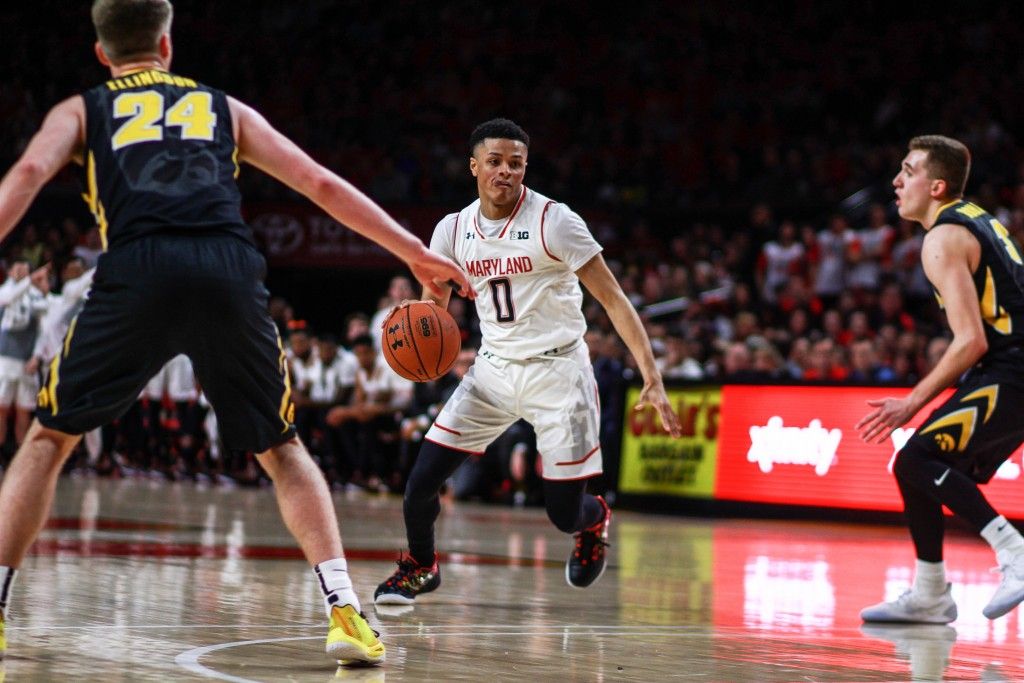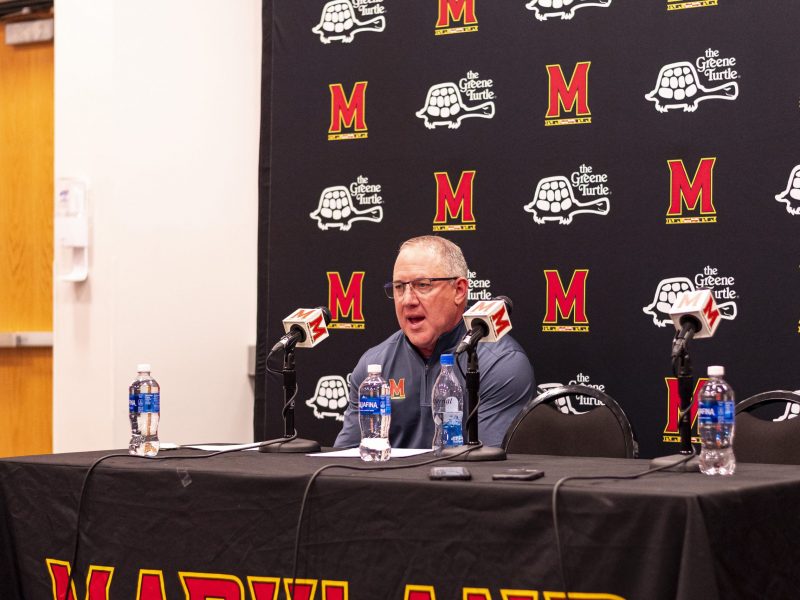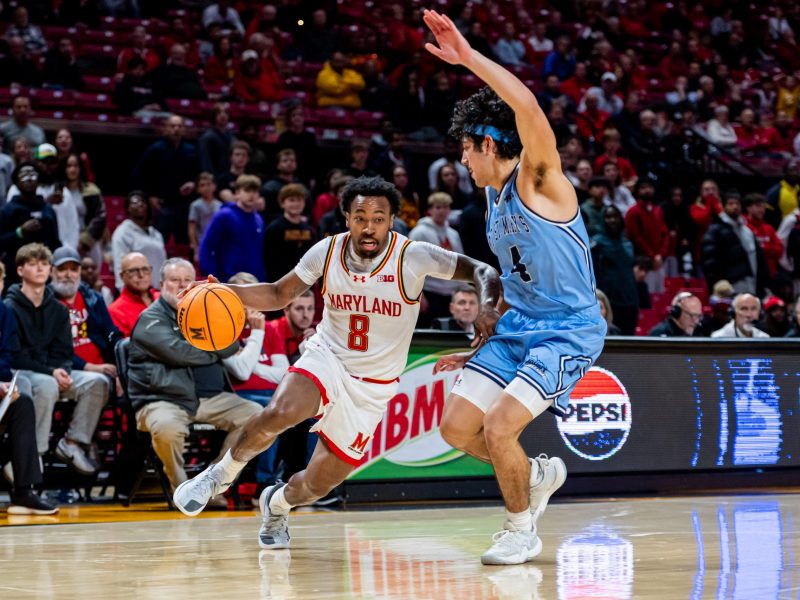After both teams had underwhelming seasons a year ago, both Iowa and Maryland have been surprises in the Big Ten this year. The two teams enter their only matchup of the season ranked, with the Hawkeyes sitting at No. 21 and the Terps at No. 24.
Ahead of the battle between the two ranked teams competing for a double-bye in the Big Ten tournament, we caught up with Adam Hensley of the Daily Iowan. Our conversation has been edited lightly.
After having relatively low expectations entering the season, Iowa has surprised everyone and is currently sitting in the top 25. What makes this Iowa team better than people expected?
Fran McCaffery said the team focused on defense this offseason, and it definitely shows — especially when it comes to defending the 3-pointer. Last season, Iowa allowed opponents to hit triples at a 37.6 percent clip. This season, that number has dropped by more than five percent. Iowa ranks in the top 50 in 3-point defense. On top of that, this Hawkeye team lives at the free throw line. Iowa’s taken 635 free throws this season (12th in the country), and made 477 (second in the country).
Iowa has four, nearly five, players averaging double-digit points per game. Is the balanced scoring attack what makes the Hawkeyes’ offense so hard to stop?
McCaffery’s offense is built so that on any given evening, any Hawkeye can take over the scoring load. The Hawkeyes run a fast-paced offense that thrives in transition. Tyler Cook lives in the paint, but the rest of the four starters can hit threes. Throw in Nicholas Baer, Ryan Kriener, and Maishe Dailey off the bench as guys who can shoot from beyond the arc, and you’ve got a recipe for an offense that hits 38 percent of 3-pointers and scores 81.2 points per game.
Iowa has won four consecutive games after a two-game losing streak in late January. What has changed since those two losses?
Iowa’s ability to close out games improved substantially. Iowa’s win over then-No. 5 Michigan seemed even more convincing than the 15-point win shows on paper. The Hawkeyes ripped apart one of the conference’s best defenses and never let up. But, against Indiana, Northwestern, and Rutgers, Iowa’s had late-game closeouts for the ages. Jordan Bohannon’s two late 3’s against Indiana and his game-winner against Northwestern were some of his best plays as a Hawkeye, and Joe Wieskamps banked 3-pointer from the corner at the buzzer against Rutgers was a wild play. It’s taken some crazy shots, but this team definitely has a clutch gene, unlike in years past.
Tyler Cook has had another remarkable season and is garnering some hype for Big Ten player of the year. What makes him so difficult to stop when he has the ball?
Cook isn’t a player who’s going to pull up from beyond the 3-point line or even in the midrange. He does his damage within a few feet of the basket, taking opposing defenders to work with his post moves. He’s shooting 56.1 percent from 2-point range this season. One of the most underrated aspects of his game, though, is his passing. Cook is averaging 2.6 assists per game, which ranks third on the Hawkeye roster. Don’t be surprised to see him take the ball up court once he grabs a rebound. Additionally, Iowa loves to get the ball in his hands on the block, where he’s more than capable of kicking the rock out to Iowa’s 3-point shooters once defenses move in with double-teams.
Iowa wins if…
The Hawkeyes can turn Bruno Fernando into a non-factor. He’s one of the Big Ten’s best big men, but if the Hawkeyes can limit his production in the paint, both offensively and defensively, they’ll be in good shape. So far this season, Iowa’s held Ohio State’s Kaleb Wessen (14.4 points per game) to two points and four fouls, Penn State’s Lamar Stevens (19.2 ppg) to eight points, and Michigan’s Jon Teske (9.0 ppg) to eight points and five fouls. All three lock-down performances resulted in wins.
Maryland wins if…
The Terps get Cook and Luka Garza into foul trouble. Iowa’s two starting bigs are vital to its success. In three of Iowa’s five losses this season, either Cook or Garza finished with 4 fouls. Forcing the pair to the bench due to foul trouble allows opposing defenses to lock in on the 3-point line, taking away Iowa’s ability to let it fly from downtown.



